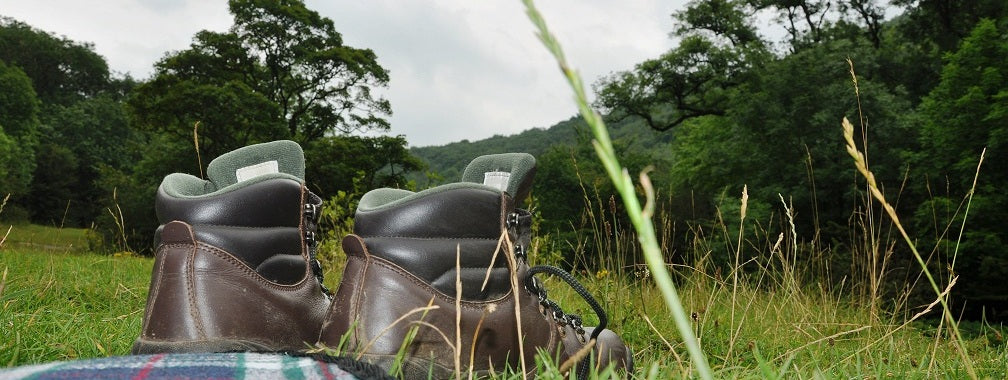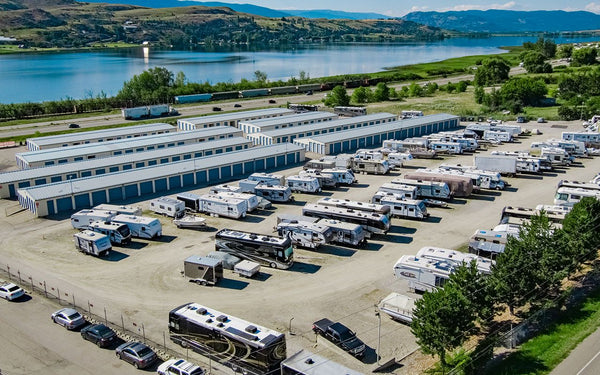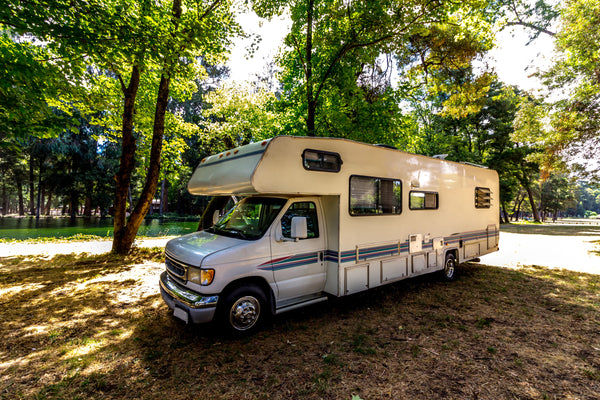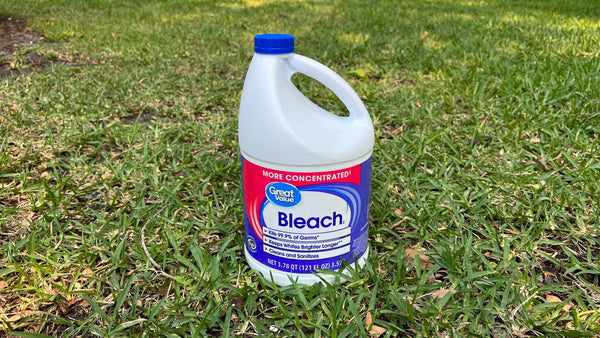
It’s the middle of January and for some of us, cabin fever is hitting and hitting hard. While it’s great skiing and snowboarding time for those who enjoy cold adventures, for others, a warm blanket and fireplace with a good book is more how we survive the winter. But that can only go so far too.
So it’s time to pull out the hiking books and plan for those oh so enjoyable hikes we live for. Depending on where you are, you could be on a few of these trails now. You’re the lucky ones, for not only are the trails the perfect temperature, they are also empty.
Spring is the best time to hike the “hot spots” and without crowds. The National Parks are celebrating 100 years in 2016 so hit the parks before summer and the flood of tourists hits. Here’s a few great places to put on your must do list if you’re planning on vacationing this spring.
Yosemite National Park

Yosemite National Park offers arguably the most scenic hiking in the country and there are so many great trails to hike so the only question is which one? April and May are perfect for waterfalls and Yosemite has plenty to offer. As warmer weather begins to melt the snow, even the smallest creeks are rushing with water. You may see many small, unnamed waterfalls and cascades all along the Valley rim.
Hikes from Yosemite Valley, Wawona, and Hetch Hetchy are often snow-free by April, and most are usually snow-free by sometime in May. Yosemite Valley & Wawona temperatures run around 69 degrees’ daytime highs and lows in the low 40’s. As the valley wakes up, so does the wildlife. Yosemite Valley is home to the mule deer, black bear and Sierra Nevada Red Fox and spring time is a great time for viewing. Best of all, the summer crowds are still months away.
Capitol Reef National Park

Capitol Reef National Park doesn’t get the attention like the big boys around it, like Zion and Bryce National Parks but it has all the same wonders. This less visited hidden treasure is located in south-central Utah in the heart of red rock country and filled with cliffs, canyons, domes and bridges to explore. The park and campground is open year round and the average temperatures, March through May, run from 58-75 degrees with May being the warmest. Night time lows are in the mid 40’s. With 243,921 acres to explore, there is plenty of hiking to be had. In the Fruita area alone, there are 15 day hiking trails with trailheads located along Utah Highway 24 and the Scenic Drive. From easy strolls along smooth paths over level ground to strenuous hikes involving steep climbs over uneven terrain near cliff edges, there is a perfect hike for every level of hiker. The trails run from .25 miles to over 10 miles so whether you’re just stopping through or planning a longer visit, the possibilities are endless.
Columbia River Gorge

The Columbia River Gorge is the second largest river in the United States and one of many amazing areas in the Pacific Northwest. While the rainy weather may not be the favorite part of visiting here, the scenery wouldn’t be as spectacular without it. Waterfalls abound and hiking opportunities for the outdoor lover are endless, especially in Spring. This 80 mile long canyon is host to hundreds of trails in all areas of the gorge which also means hikers can find a trail that matches their skill level. The temperatures run from 45 to 60 degrees March-April and yes it “might” rain but rain is not snow and they have rain jackets for that. The beauty of the Gorge can be found on both the Oregon and Washington side. The hard part is deciding which to side visit. Hopefully you have time to do both since each side offers a different breathtaking view. The Eagle Creek Trail is one of Oregon’s most dazzling paths, passing half a dozen major waterfalls. There are two options for hikers, a moderate 4.2-mile hike to Punchbowl Falls (with 400 feet of elevation gain), or a difficult, 12-mile hike to Tunnel Falls (with 1,200 feet of elevation gain). The trails are open all year. From Portland, take Interstate 84 to Eagle Creek exit 41, turn right and keep right along the creek for a mile to the road’s end. On a side note, the trail is popular with the parking lot filling up by 10 am on sunny weekends, leaving latecomers to park half a mile away so see, hiking in the rain has its positives!
Grand Canyon
Everyone knows the best time to visit the Grand Canyon is in Spring. It’s a short window so take advantage of it before the 5 million visitors descend on this natural beauty. The only downfall in Spring is the North Rim is closed through May but there is still plenty of hiking on the South Rim which is open year round. You can easily hike the well-defined and mostly level Rim Trail or for more adventure, hop on a mule and head down the canyon. Please note the South Rim Mule rides may be booked 13 months in advance and fill up early so plan ahead. If you head into the canyon for hiking, it will test your physical and mental endurance. Know and respect your limitations. Moderation is the key to an enjoyable hike. However, even if you are an avid hiker, hiking the Grand Canyon is very different from most other hiking experiences. Even if you are doing a day hike, be prepared! March – May temperatures range from 71 to 92, with lows in the upper 40’s to mid 60’s. Remember, the Grand Canyon is a large place to visit so take your time and enjoy the journey!
Napa Valley

During the spring, everything is green in Napa and the mild weather makes it a perfect time to embark on a hike to get up close and personal. The weather is mild and wineries are open year round, a bonus in addition to the hikes in the valley. Mustard plants growing between the grapevines starts blooming in spring. In a good year, it’s a spectacular sight, with yellow carpets of blooms everywhere. other years, it’s more like a dusting of yellow. On the average, daytime high temperatures will be in the 60’s and 70’s and lows mid-40s to mid-50s. February is Napa’s wettest month. Chances of rain taper off as the year goes on, but March is still on the higher side of precipitation so keep that in mind when packing for your hiking.
The Vaca and Mayacama mountain ranges offer beautiful views with great hikes and there are some great state parks in Napa as well. Robert Louis Stevenson State Park is a 5000-acre park which hosts Mt. St. Helena as well as a statue of the famous author for which the park was named. Up the valley in Calistoga, Bothe Napa Valley State Park is nearly 2,000 acres and has trails that run along creeks, through redwoods and has plenty of campsites. Another option is Skyline Wilderness Park which is 850 acres and has something for everyone. From hiking, camping, and picnicking to horseback riding, Skyline includes over 25 miles of trails and a short main trail (just over 2 miles) that leads to Lake Marie. Most trails are not strenuous and the ridge trail offers views all the way across the bay to Mt. Tamalpais on a clear day.
Remember the weather is more variable during this time of year, so check the weather. Your hikes could see some rain but a rainy day could be the perfect excuse to enjoy Pinot Noir by the hearth!
It’s hard to pin point just a few areas in the West for Spring hiking but it’s a start and a place to point your compass for planning. So get on those daily walks or treadmills and get your body ready. There’s no better way to beat the winter blues than picturing your boots on the trail.





